Contents

Potential infection risks
Standard infection control precautions
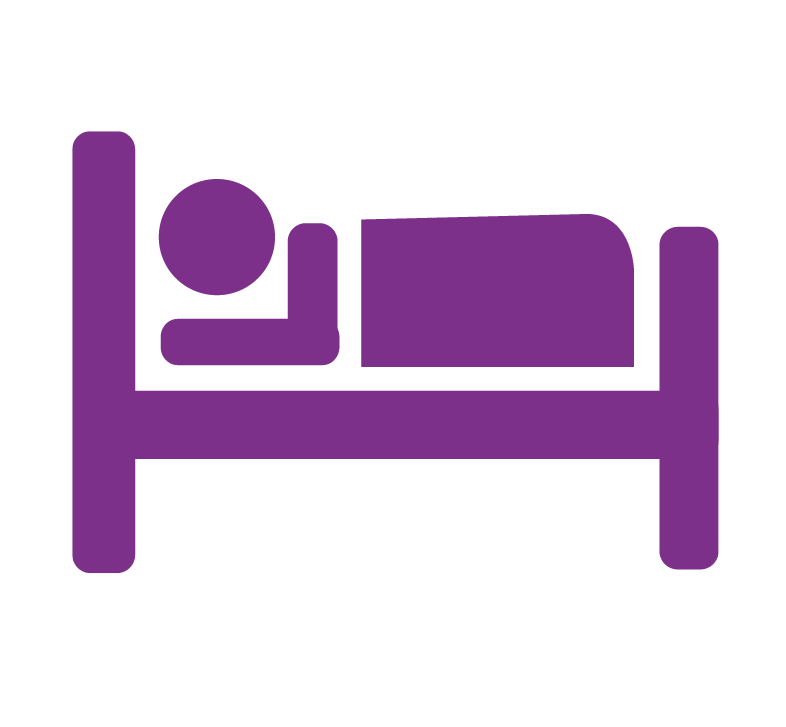 Resident/person placement
Resident/person placement- Assess and monitor those who are in or going to be coming into their place of care so that correct IPC precautions are followed.
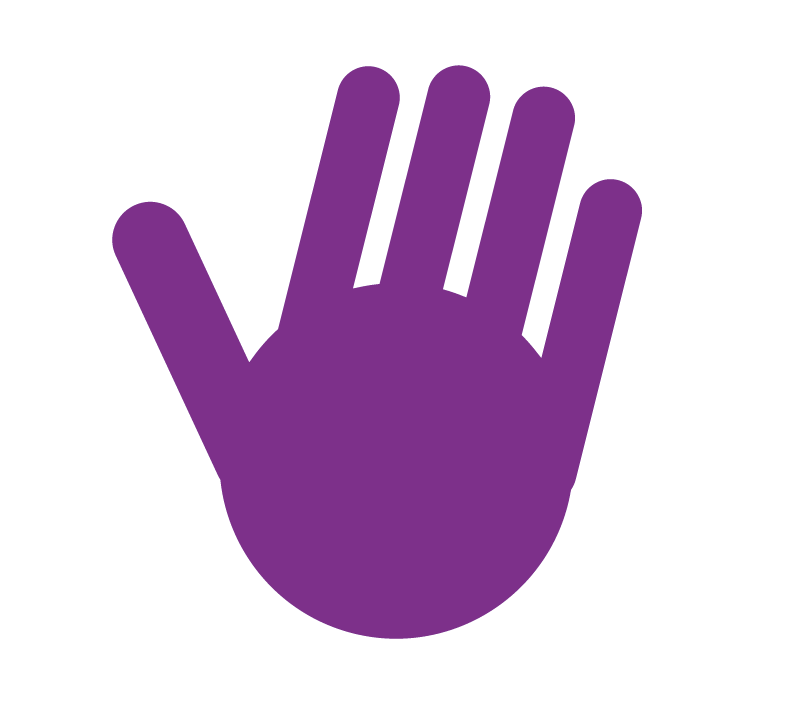 Hand hygiene
Hand hygiene- Wash hands with liquid soap and warm water if available. Alcohol Based Hand Rub (ABHR) can be used for visibly clean hands where care is being delivered and when entering or leaving the area.
 Respiratory and cough hygiene
Respiratory and cough hygiene- Cough and respiratory hygiene should be used by everyone. Cover nose and mouth following sneezing, coughing, or blowing your nose, using tissues and safely disposing after use.
 Personal protective equipment
Personal protective equipment- Wearing of appropriate protective clothing to protect yourself from contamination (soiling and splashing) dependent on the procedure being carried out.
 Safe management of care equipment
Safe management of care equipment- Ensure equipment is maintained, cleaned, disinfected and/or disposed of appropriately.
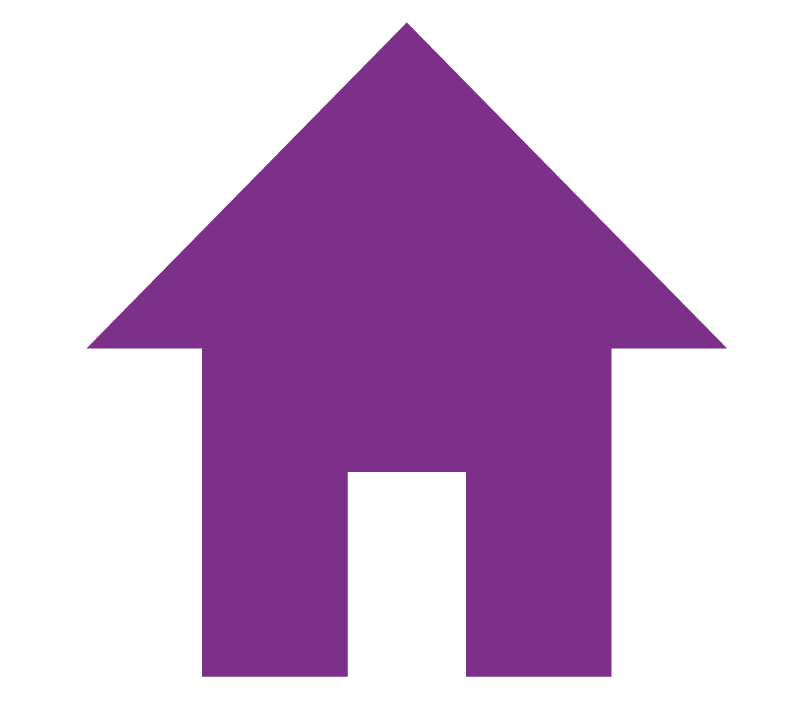 Safe management of care environment
Safe management of care environment- Ensure the care area is kept clean and dry and free from clutter and equipment.
 Safe management of linen
Safe management of linen- All clean, used, or infectious linen should be handled with care to prevent potential spread of infection.
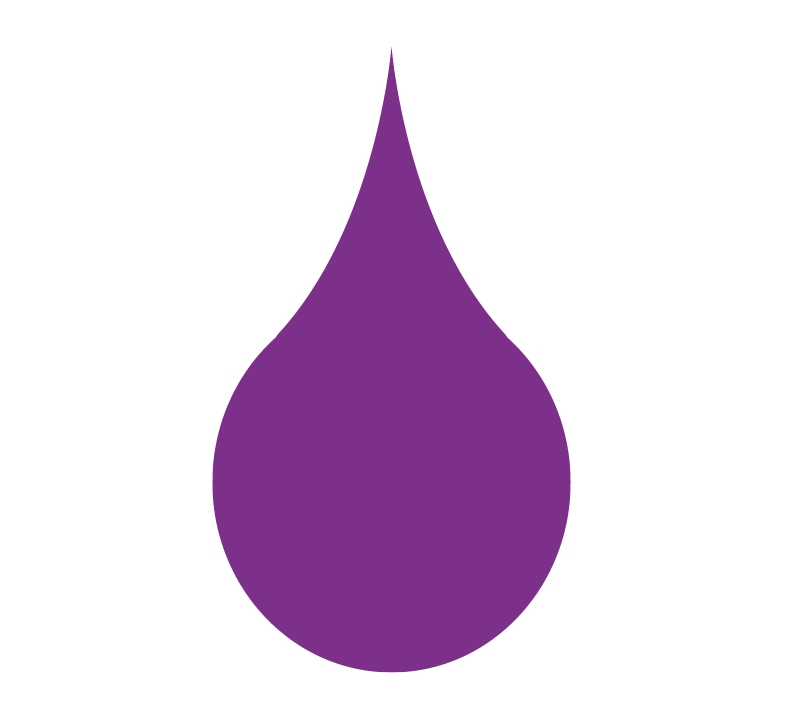 Safe management of blood and body fluid spillages
Safe management of blood and body fluid spillages- Prompt and safe cleanup of blood and body fluid spillages.
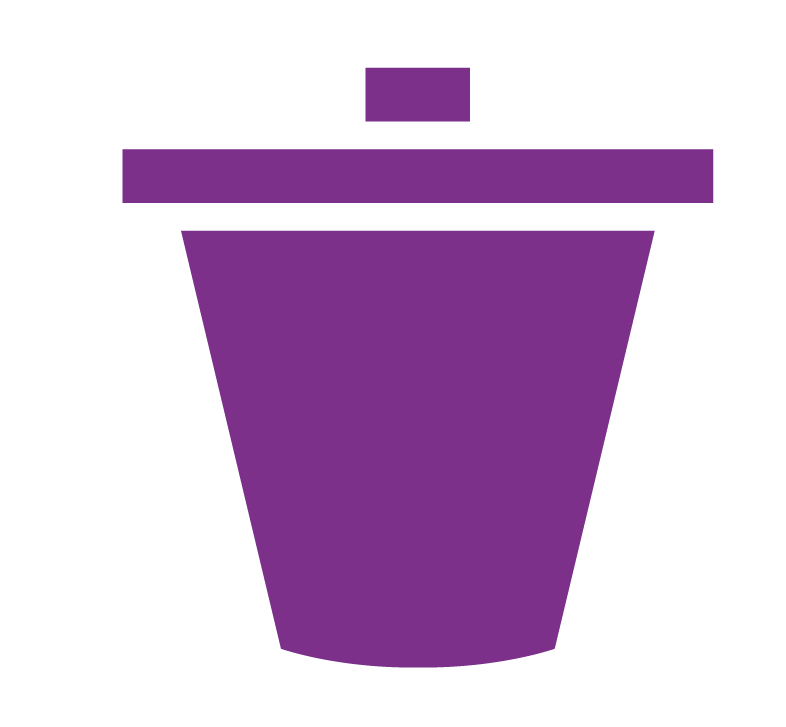 Safe disposal of waste (including sharps)
Safe disposal of waste (including sharps)- Management of all household and healthcare activity waste.
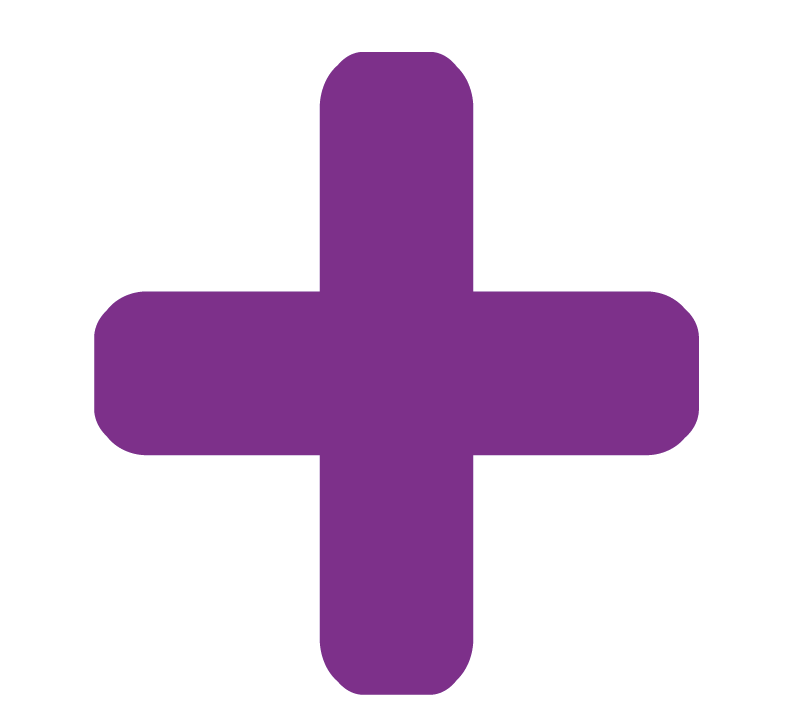 Occupational safety: prevention and exposure management (including sharps)
Occupational safety: prevention and exposure management (including sharps)- Action to take in the event of an injury or exposure to infection at work, particularly those found in blood or body fluids.
Scenario
- Norovirus Scenario
- The scenario offers learning opportunities related to the application of the Standard Infection Control Precautions (SICPs) outlined in this pocket guide.